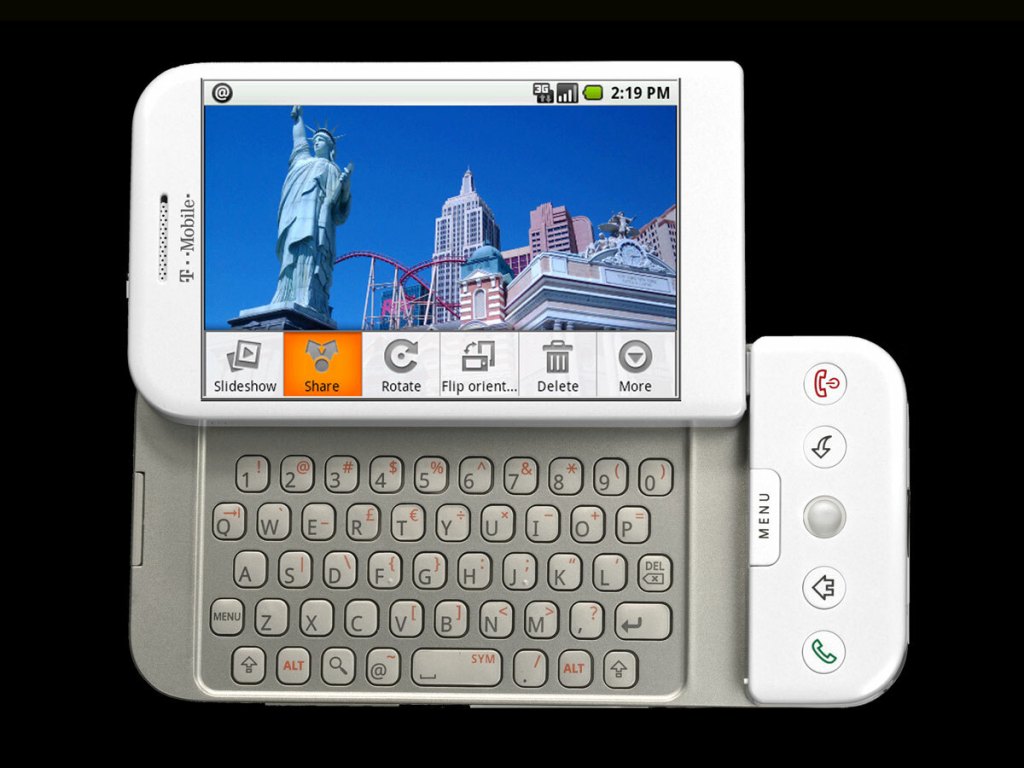[ad_1]
Look, it’s undeniable: today’s smartphones are masterpieces of design. Glass-backed, razor-thin, bezel-free rectangles, polished to perfection, wielding screens that dance with rich, vibrant colours. They’re sleek, they’re shiny, they’re streamlined – and they’re a bit, well, boring.
Whether you’re sporting an iPhone, a Galaxy, a Pixel, or any other flagship, the design differences have practically evaporated. Sure, you’ve got variations in camera placements and colour gradients, but that’s about the extent of it.
You could line up a dozen different smartphones from 2024’s top brands, and it’d be hard to spot a truly bold, distinctive design in the crowd (aside from the Nothing Phone). The edges are rounded, the glass is clean, and the only thing left for flair is maybe a colourway that’s a little “out there.”
And yes, folding phones and flip models are a fun diversion. Brands like Samsung and Motorola have taken the clamshells from the early 2000s and reinvented them for the current tech landscape. But let’s be honest – despite being different, they haven’t yet gone beyond niche appeal. We appreciate the innovation, but there’s still something missing: the character, the personality, the tangible thrill of typing on an actual physical keyboard. It’s high time we inject that back into the mix…
Enter the nostalgic appeal of the Google G1, the T-Mobile Sidekick, and – dare I say – the BlackBerry. These phones had something today’s designs lack: a tactile, physical keyboard.
Imagine a modern Google G1 in 2024 (I’d call it the Pixel Slide). It’d still have that memorable sliding keyboard with the buttery-smooth mechanics, but an updated screen, camera, and internals.

Now let’s do the same with the Sidekick, which had the best hinge in the business, and BlackBerry, with its keyboards that were second to none for rapid typing.
This isn’t just about nostalgia – it’s about giving users a different way to interact with their devices. Typing on a physical keyboard is a totally different experience to tapping on glass. There’s feedback, a tangible connection, a rhythm that makes typing oddly satisfying.
And it’s not that a physical keyboard actually improves typing speed and accuracy, in fact I think it forces the user to slow down and be more considerate about their typing.
It’s not that people are against variety or new concepts. Look at how positively folding phones have been received, even if they’re yet to reach the mainstream. Dumb phones are making a comeback as well. People are craving something that breaks the mould, that stands out among the thin slabs of polished glass.
In a market as mature as the smartphone industry, could there be a genuine value in standing out? The success of folding phones shows there’s an appetite for form factors that offer something different. But folding phones are pricey and, in some cases, not as durable as their standard counterparts. A modern Google G1 could be a refreshing middle ground – a unique device with a practical twist.
So yes, I’m ready for the return of smartphones with physical keyboards. Bring back the Google G1, the Sidekick, the BlackBerry—even if just one of them. Today’s phones may be beautiful, but there’s room for more than beauty alone.
Liked this? Check out the best upcoming phones for 2025.
[ad_2]
Source link


